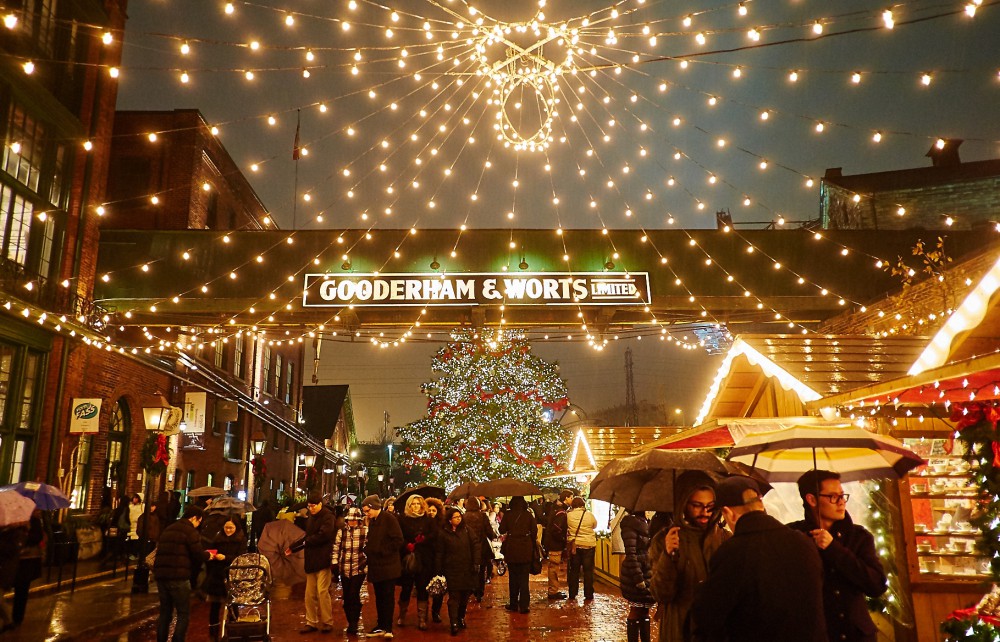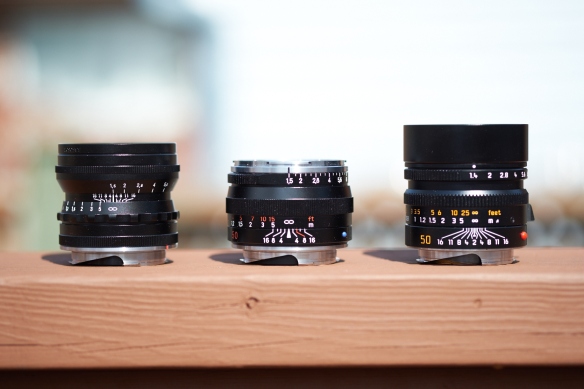I have a lot to thank the Fuji X system for. Over a year and a half ago, I bought my first Fuji camera, the X-Pro1. Due to its rangefinder form that reminded me of my old Leica M cameras, optical/electronic hybrid finder, its lightweight, its range of great lenses, fantastic image quality and reasonable price, I was totally smitten with the X system. It made photography fun again for me.
But it wasn’t just the fun aspect, in using the Fuji X-Pro1 for street and personal photography. The ability to switch from the optical finder to the electronic finder made the camera completely relevant for my professional work too. The EVF allows me to see exactly what the lens is seeing. I can carefully line up elements visually, which I need to do for my real estate/architecture work and when I do corporate portraits. The camera’s EVF allowed me to get rid of my old and heavy Canon DSLR system, which I could never do if my only remaining system was the Leica M system.
The X-Pro1, however, is getting on in age. It was released in 2012, and was already overshadowed by its up to date sister, the fast focusing X-T1, when I purchased it in 2014. At over three years old and with its rumored successor, the X-Pro2, possibly being announced before the end of 2015, the flagship of the X system is looking very elderly.
With the high performance X-T1, the budget priced X-E2 and now the X-T10 all available, and the X-Pro2 around the corner, is the X-Pro1 still relevant?


